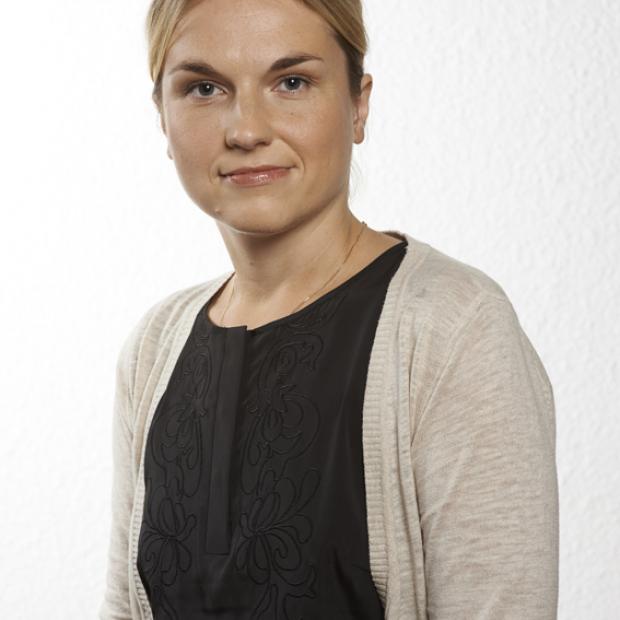PhD Thesis: Of all Types of Bullying, Cyberbullying is Most Devastating to Well-Being of Adolescents
On 26 June, Lauraliisa Mark from the Tallinn University School of Governance, Law and Society will defend her doctoral thesis, which studied the suicidal thoughts and depressive feelings among Estonian youth.

According to the study, in the past 12 months, 13% of students in grades 7-9 had had suicidal thoughts, and 26% had felt depression.
According to the World Health Organisation, suicide is one of the main causes of death among 15-29-year-olds. At the same time, among 15-19-year-olds in Estonia, the rate of suicide is one of the highest in the world. “In my thesis, I studied the spread of suicidal thoughts and depressive feelings among the pupils in grades 5-9, and analysed the relation between suicidal thoughts, depressive feelings, and risk behaviour,” Mark explained and added that depression is one of the most common mental disorders to lead to suicide.
“Even though risk behaviour is often seen as a normal part of being young, all risk behaviours analysed in this thesis (early sexual activity, regular smoking, alcohol use, getting into physical fights, bullying) were potential sources of suicidal ideas and/or depressive feelings,” Mark stated. For example, being sexually active at 13 years old or earlier was four times (among boys) to eight times (among girls) more likely to lead to suicidal thoughts. “The earlier a person became sexually active, the more often they would also consume alcohol, smoke, fight, bully, and have worse estimation toward their health,” she added.
“In the case of multiple risk factors appearing simultaneously among 15-year-olds, the emergence of suicidal thoughts increased multiple times; in the case of four or five factors, the probability increased by more than 10 times,” she said and added that ease of communication with parents, especially mothers, was also an important factor. “When the young person had difficulties talking to their mother, the probability of suicidal thoughts increased five times. The ease of communication with parents was an important buffer in stopping suicidal thoughts,” Mark added.
Both being bullied and bullying was seen as a result of severe disturbances in mental well-being. Among boys, the biggest disturbances in well-being came from being bullied, girls were equally disturbed while being bullied and/or bullying. Among all groups, cyberbullying turned out to be the most devastating form of bullying.
The results show that risk behaviour should be seen as a sign of danger in the mental health of adolescents, not just a trait of their age. Especially in cases when risk behaviour tends to cumulate. “The risk behaviour of young people can and should be used to recognise and prevent possible mental health problems. In addition to minimising risk behaviour, bullying in schools must also be contained. Research-based methods of school bullying must be applied as soon as possible, continuously, and they should incorporate all parties of bullying (including onlookers),” Mark said.
The PhD thesis “Depressive Feelings and Suicidal Ideation Among Estonian Adolescents and Associations with Selected Risk Behaviours” was defended on 26 June at Tallinn University. The supervisors were Professors Airi Värnik and Merike Sisask from Tallinn University. The opponents were Professor Rory O’Connor from University of Glasgow and Associate Professor Dagmar Kutsar from University of Tartu.
You can access the full text of the thesis via the Tallinn University Academic Library e-vault ETERA.




